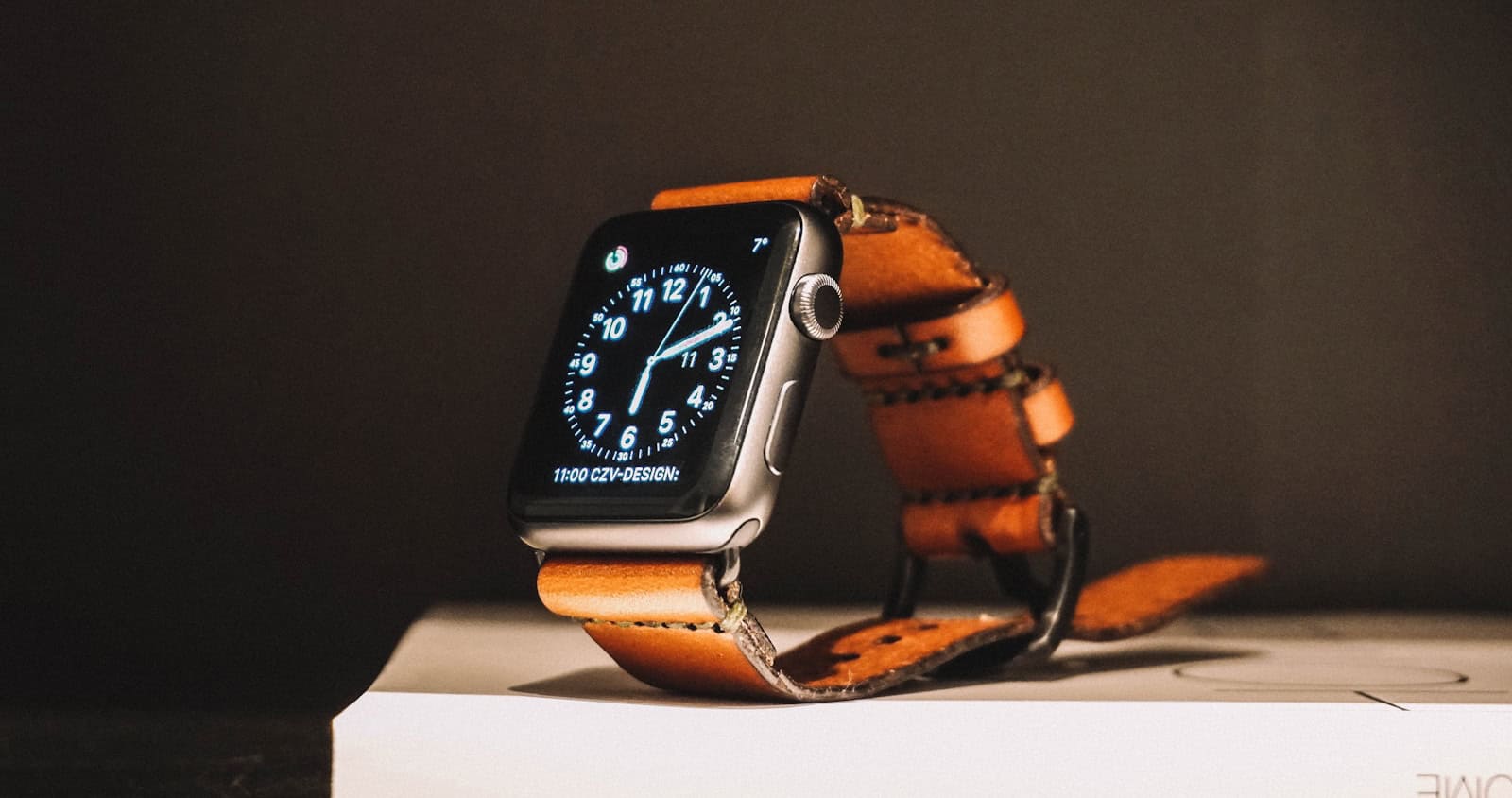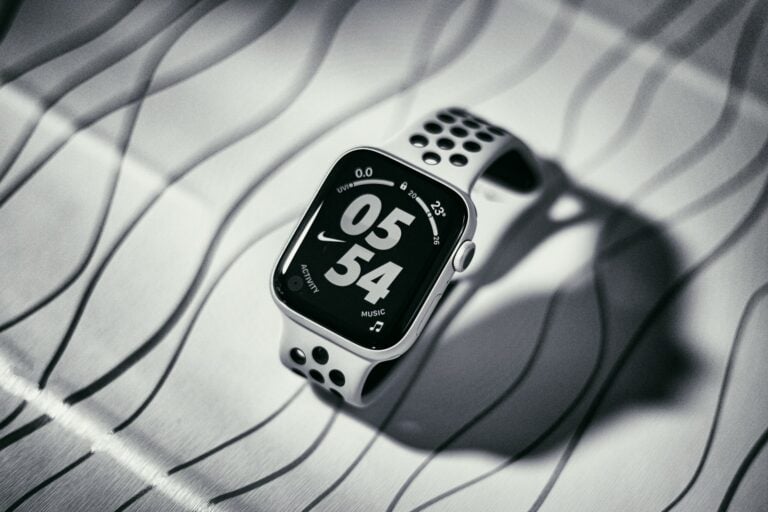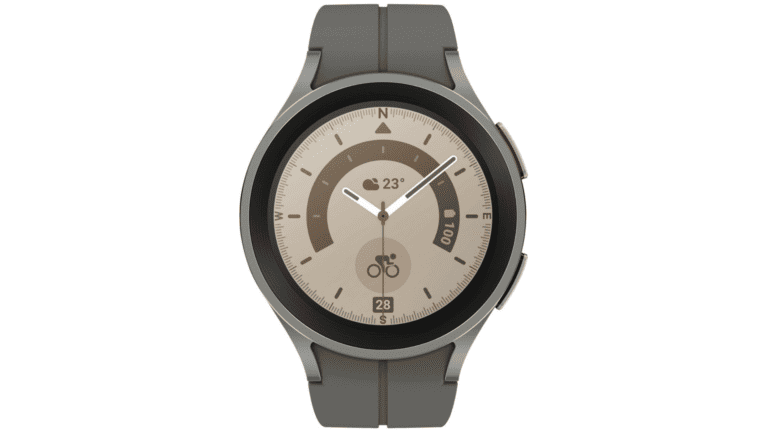Smartwatches have moved far beyond being “nice-to-have” accessories. By 2025, they’ve become everyday essentials—blending health monitoring, communication, and lifestyle tools into one sleek device. Whether it’s tracking vital signs, enabling phone-free connectivity, or serving as a fashion statement, smartwatches are now indispensable.
With a flood of innovations and styles, these wearables continue to reshape how we live with technology. Let’s explore the latest trends heading into 2026.
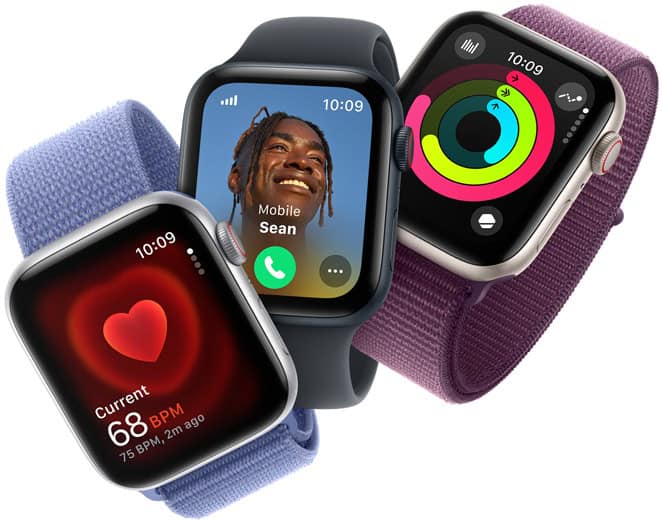
Smartwatch Trends in 2025
Smartwatches are evolving from smartphone companions into health and AI hubs. Here’s the latest, based on Tom’s Guide, Android Central, WIRED, and more.
🔥 Hot Off the Press
Apple Watch Series 11 (Expected Sept 2025)
- Rumored features: blood pressure monitoring, onboard camera, 5G, satellite texting, AI-powered Workout Buddy.
- Pricing: ~$399.
- Source: Tom’s Guide.
Apple Watch Ultra 3
- Larger 2.12-inch display, possible micro-LED tech, gesture controls, and satellite messaging.
- Pricing: ~$799.
- Source: Tom’s Guide.
Google Pixel Watch 5
- Possible Snapdragon W5 Gen 3 or custom Tensor chip.
- Health focus: arterial stiffness, blood pressure tracking.
- Deeper Gemini AI integration with offline Maps and rugged variants.
- Source: Android Central.
Samsung Galaxy Watch8 Series
- Launched at Galaxy Unpacked (July 2025).
- Runs Wear OS 6 with Gemini AI, adds Bedtime Guidance, Antioxidant Index, and new Ultra model.
- Source: WIRED.
Open-Source Movement
- UNA Watch: modular, repairable, ~10-day battery, open development.
- Pebble Core 2 Duo & Core Time 2: retro, low-cost, PebbleOS with widgets + AI assistant.
- Source: Android Central.
Budget Challenger
- Tickland Smartwatch: ~$20, 6-day battery, 100+ sport modes, wireless calling—undercutting premium brands.
Motorola Moto Watch 360 (2025)
- Premium steel build, rotating crown, dual OS (Moto OS or Wear OS), ~€280.
- Competes at IFA 2025.
🌍 Broader Smartwatch Industry Trends
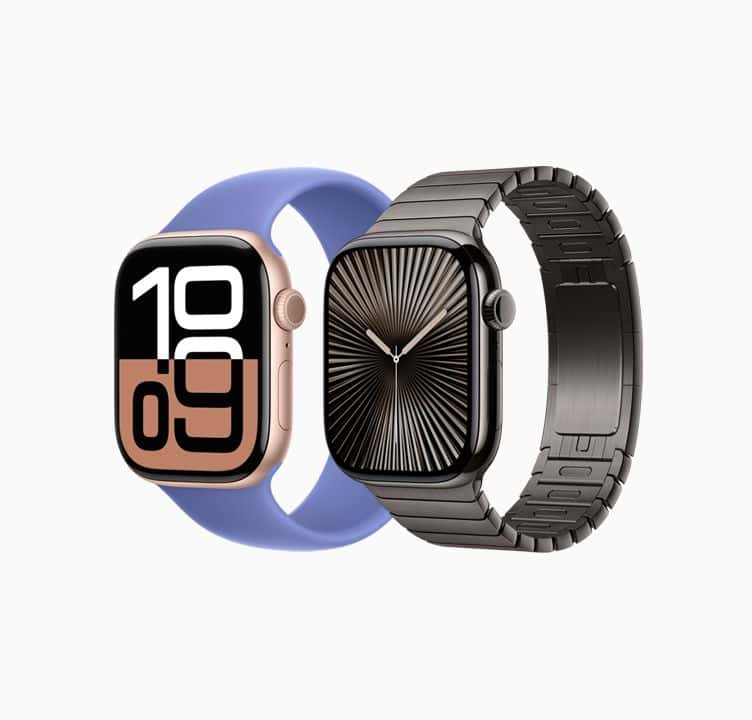
- Advanced Health Monitoring
- Non-invasive blood pressure, ECG, hydration, stress, sleep, and early disease indicators.
- Mental well-being tracking (stress, mood, guided meditation).
- AI Integration
- Watches act as personal coaches, offering predictive health insights.
- Fitbit AI Coach (launching Oct 2025) delivers personalized workouts.
- Connectivity & Ecosystem
- 5G + eSIM enable true standalone functionality.
- Deeper smart home + IoT integration.
- Battery & Charging
- Multi-day batteries, rapid charging, and even solar/kinetic harvesting.
- Design & Sustainability
- Eco-friendly materials, customizable bands/faces, modular hardware.
- Hybrid analog-digital models and fashion-first designs.
- New Form Factors
- Smart rings (Samsung Galaxy Ring, Oura).
- AR glasses and AI earbuds doubling as health trackers.
- Safety & Accessibility
- Emergency SOS, fall detection, workplace safety.
- Inclusive UI with voice and haptic feedback for seniors and disabled users.
- Privacy & Trust
- Stricter frameworks for health data privacy as watches become quasi-medical devices.
📌 Summary: What to Expect
- Smartphones: AI-first design, foldables mainstream, sustainable builds, longer updates, better cameras, and solid-state batteries on the horizon.
- Smartwatches: Moving beyond fitness into medical-grade health tools, AI-driven coaching, standalone connectivity, and new form factors like rings and AR glasses.
- Ecosystem Shift: The future isn’t one device—it’s an interconnected AI ecosystem (phones, watches, rings, glasses, earbuds) working seamlessly together.
Trends Defining the Smartwatch Market in 2025–2026
From powerful health sensors to AI-driven personalization, today’s smartwatches are smarter, more independent, and more stylish than ever. Here are the key trends shaping the next generation of wrist technology.
Next-Level Health Tracking
Health remains the core driver of smartwatch innovation. Beyond heart rate, SpO₂, and sleep tracking, many 2025 models now include blood pressure monitoring, non-invasive glucose sensing (in early rollout), hydration tracking, and improved stress and recovery metrics. AI-powered coaching translates this data into actionable recommendations rather than just numbers.
Beyond the Wrist: The Multi-Wearable Ecosystem
Smart rings and connected patches are rising alongside watches, giving users a more complete health profile. Many ecosystems now sync data seamlessly between watches, rings, earbuds, and even smart clothing, creating a 24/7 health monitoring network.
True Phone-Free Freedom
LTE and 5G-enabled smartwatches are becoming mainstream, with some supporting eSIM-only operation. In 2025, more users are leaving their phones at home for runs, travel, or even workdays—thanks to improved standalone apps, secure payments, maps, and messaging built directly into the watch.
AI as Your Personal Assistant
Generative AI has officially made its way onto the wrist. Smartwatches now feature AI health coaches, contextual reminders, and conversational assistants that adapt to your habits. From suggesting workout recovery windows to auto-drafting quick replies, AI is turning watches into proactive companions instead of reactive tools.
Battery Breakthroughs
2025 brings major leaps in solid-state batteries, solar-assisted charging, and low-power displays. Many premium models now last 5–7 days on a single charge, while rugged fitness watches push into multi-week territory. Fast charging is nearly universal, topping up a day’s power in 15 minutes or less.
Sustainability Goes Mainstream
Eco-conscious design is no longer niche—it’s expected. Leading brands are embracing recycled metals, plant-based straps, modular repairability, and carbon-neutral production. Buyers in 2025–2026 increasingly weigh eco-footprint as heavily as specs and style when making smartwatch choices.
Smarter Style and Luxury Appeal
Smartwatches have cemented themselves as fashion statements. Expect more premium materials like ceramic, titanium, and sapphire, along with luxury collaborations from brands like TAG Heuer, Montblanc, and Gucci. Ultra-thin form factors, customizable digital faces, and AI-powered style suggestions make personalization limitless.
Safety and Accessibility Upgrades
Crash detection, SOS alerts, and fall detection are now standard. Heading into 2026, watches are adding real-time language translation, accessibility-first haptics, and expanded voice navigation for inclusivity, making them indispensable for users of all ages and abilities.
What’s New and What’s Coming In Smartphones
1. AI-Powered Health & Wellness Tracking
- Smartwatches are becoming more proactive health companions rather than just trackers.
- Expect AI-driven coaching that not only monitors sleep, stress, and workouts but also suggests personalized lifestyle changes.
- Some brands are working on predictive health alerts—flagging issues like atrial fibrillation or stress overload before symptoms appear.
2. Non-Invasive Glucose & Blood Pressure Monitoring
- Apple, Samsung, and Fitbit are all racing to introduce non-invasive blood glucose monitoring, considered the “holy grail” of wearable health.
- Samsung has hinted at advancing blood pressure tracking accuracy without requiring calibration cuffs.
- If breakthroughs come in late 2025, this could redefine how wearables are used in chronic disease management.
3. Extended Battery Life & New Charging Tech
- Ultra-low-power chips and solar-assisted charging are trending.
- Companies like Garmin and Amazfit already use solar power integration, and more mainstream brands are experimenting with energy harvesting from movement or body heat.
- Multi-day battery life will likely become the new standard by 2026.
4. Micro-LED & Flexible Displays
- Apple and Samsung are reportedly developing Micro-LED displays for upcoming watch models, offering higher brightness, lower power use, and improved outdoor visibility.
- Some startups are exploring flexible and wraparound displays, potentially leading to wristbands that function as screens.
5. Fashion & Luxury Partnerships
- Smartwatches are shifting from pure fitness tools to lifestyle and fashion accessories.
- Luxury brands (Tag Heuer, Montblanc, Louis Vuitton) are increasingly entering the space.
- Expect customizable straps, modular bezels, and jewelry-inspired designs to appeal to non-tech buyers.
6. Satellite Connectivity & Standalone Features
- Similar to smartphones, satellite connectivity is coming to wearables.
- Early moves in 2025 may allow emergency SOS messaging without a phone.
- More watches will function as standalone devices with eSIM and full LTE/5G, reducing reliance on paired smartphones.
7. Smart Rings & Hybrid Wearables
- Competition from smart rings (like Oura and Samsung’s rumored Galaxy Ring in 2025) will push watches to differentiate.
- Hybrid wearables that combine minimalist analog looks with advanced tracking (Withings, Garmin) are gaining traction.
8. Mental Health & Stress Biomarkers
- Beyond heart and steps, smartwatches are focusing on cortisol, hydration, and advanced stress metrics.
- Some upcoming models may integrate skin temperature fluctuation, galvanic skin response, and emotional AI tracking to provide insights into mental health.
9. Deeper Integration with AI Ecosystems
- Smartwatches will increasingly act as AI assistants on your wrist, tapping into ChatGPT-like functionality.
- Expect voice-driven scheduling, predictive notifications, and personalized summaries of your daily health and productivity.
- Apple, Google, and Samsung are all linking their watches more tightly with AI-powered ecosystem services.
10. Sustainability & Circular Design
- Eco-conscious buyers are pushing for recyclable materials, longer support cycles, and modular repairability.
- Brands are moving toward biodegradable straps, recycled metals, and longer OS support to align with sustainability goals.
Smartphone Trends in 2025
Smartphones remain the centerpiece of consumer tech, but 2025 is showing a clear shift toward AI-driven ecosystems, foldables, and sustainability.
1. AI at the Core
- AI is no longer just an app feature—it’s embedded in hardware and OS-level functions.
- Devices like the iPhone 16 and Samsung Galaxy S25 include on-device AI chips for privacy and speed (source: IDC).
- Expect predictive assistants that manage your calendar, suggest photos, and even anticipate health needs.
2. Foldables & Flexible Displays
- Foldables are moving into the mainstream, with Samsung, Motorola, and Huawei refining hinge durability and crease-free screens.
- Rollable and slidable displays are being prototyped—hinting at a future where phones expand into tablets.
3. Camera Evolution
- Dedicated camera shutter buttons (popularized by Apple) are spreading across Android flagships (source: GizGuide).
- Computational photography + AI editing tools allow instant background swaps, object removal, and even AI-generated “missing shots.”
4. Sustainability & Longevity
- More brands are committing to 7+ years of software updates.
- Eco-friendly materials (recycled aluminum, biodegradable plastics) are becoming selling points.
- Modular repairability (Fairphone, Nothing) is gaining traction.
5. Battery & Charging
- Solid-state batteries are in testing, promising faster charging and longer lifespans.
- Reverse wireless charging is expanding—phones powering earbuds, watches, and even other phones.

